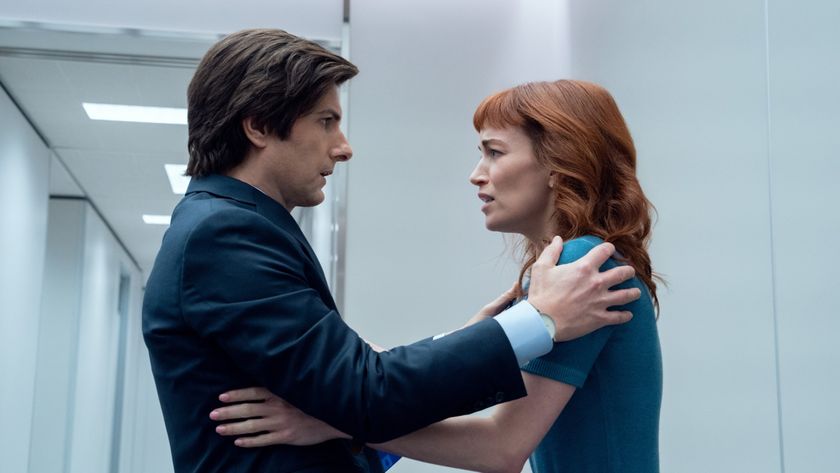Every Star Trek Discovery Easter egg and hidden reference you might have missed
Impress your friends with every Star Trek Discovery Easter egg from season 2 so far
All your (star)base...

It wouldn’t be an episode of Discovery without a reference to a Starbase. This week it’s Starbase 23. We’ve seen it referred to on the show before - on one of the map screens in season 1’s Magic to Make the Sanest Mad Go Mad, but it’s first appearance was a casual reference in 1973 on the Animated Series’ episode The Terratin Incident. It’s also referred to in All Good Things…, the final episode of The Next Generation.
Computer says go
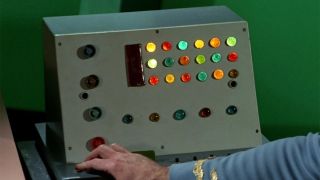
Wondering about the significance of the computer repeating the word “working” when Burnham was trying to determine the significance of Spock’s numbers? It wasn't a glitch - but a nice nod back to the voice of the computers on the Enterprise in the Original Series sound like.
So what’s the deal with Talos 4?
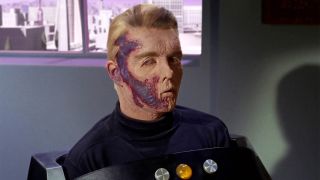
This is the biggie - and at the moment it’s difficult to see where it’s all going. The numbers that Spock has been muttering are coordinates for the Talos 4 system. This is a fateful destination in Star Trek lore, being the home of The Talosians - the first ever alien race seen on Star Trek.
A race of extremely powerful psychics with oversize brains, the Talosians live beneath the planet's surface and can manipulate human perceptions of reality. Pike (as played by Jeffrey Hunter) encounters them in the original pilot episode, The Cage and, after they try to keep him trapped on the planet, leaves them on more-or-less amicable terms.
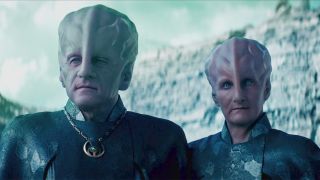
Pike returns to Talos 4 10 years later in the Original Series season 2 two-parter, The Menagerie, which cannibalizes elements of The Cage (which, as an unbroadcast pilot, had not been widely seen at the time). In The Menagerie (set in 2267), Pike has suffered from horrific injuries that leave him mute and paralysed. Spock takes him back to the planet and the Talosians, who use their powers to let him live out the rest of his life as if his injuries had never happened.
The Cage is set in 2254. Star Trek Discovery season 2 is set, as far as we can tell, in 2256. We probably won’t see the accident that cripples Pike this season - the implication is that it happens much closer to the rest of the Original Series (which starts in 2265) - but it’s clear that the showrunners have a plan in place, and all eyes are now on Talos 4.
Episode 6
Literary connections
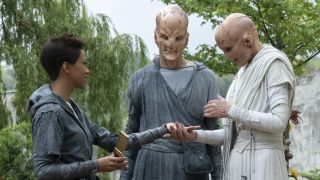
The episode’s title - The Sounds of Thunder - feels like a fairly direct nod the iconic time travel story A Sound of Thunder by Ray Bradbury. First published in the June 28, 1952 issue of Colliers magazine, the story is about a group of time-travelling big game hunters who accidentally alter the course of human history by treading on a single butterfly in the past. With its themes of predators, prey, and finally-balanced eco-systems, it seems like a clear influence on the episode.
Sign up to the SFX Newsletter
Get sneak previews, exclusive competitions and details of special events each month!
Paying tribute
This red flower (as seen in “The Brightest Star,” in #204 and soon in #206) is the fredalia, native to Saru’s homeplanet Kaminar. It was named after our friend Frederick Kim, who was a physician by training and a writer by calling. A few years ago... (1/3) pic.twitter.com/qUoEjZCagGFebruary 18, 2019
The name of the flowers which grow on Kaminar (and in Saru's quarters on Discovery), Fredalia, is a reference to Frederick Kim - a physician and writer friend of the episode’s co-writer Bo Yeon Kim. This was the Discovery production team’s way of paying tribute to their missed friend and lifelong Star Trek fan.
Episode 5
Mild xenophobia, Captain?
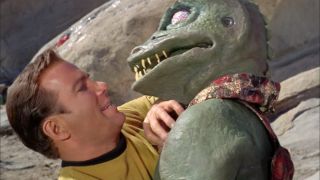
“Last time I heard about you, you were up to your ass in alligators on Cestus III.” When Pike says this to old-pal-turned-Section 31-agent Leland, chances are he’s not referring to actual alligators. Cestus III, after all, is the planet where Captain Kirk fought the green and snappy Gorn captain in the Original Series episode, Arena.
That episode takes place in 2267 - 10 years after the current season. Oddly, Kirk’s crew don’t seem to know who the Gorn are in that episode, suggesting it was a first contact situation, but Saints of Imperfection makes it clear that at least some in the Federation had crossed paths with them before.
What did Leland do to the wrong ambassador on Deneva?
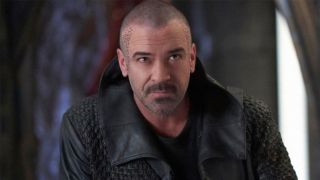
We’ll probably never know, but in case you wondered, yes, Deneva is an already established planet in the Star Trek universe. First mentioned in the Original Series episode Operation: Annihilate!, it’s a world close to Starbase 10. The Enterprise episode Horizon establishes that one of the oldest human colonies is on the planet while Deep Space 9 makes it clear that there’s a lucrative trade in selling crystals from the planet.
Edge of tomorrow
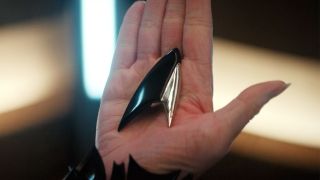
Now this is an interesting one. Tyler wows Pike by tapping his Starfleet badge and using it as a communicator, prompting a surprised, “What the hell kind of communicator is that?” Tyler doesn’t answer, but the implication is clear: Section 31 are using technology that’s far in advance of regular Starfleet at this time.
A little bit of history: the first time we see communicator badges like this is in the pilot episode of The Next Generation, Encounter at Farpoint - set over 100 years after Discovery’s time. Clearly the tech already exists - at least in some capacity - but is restricted, or impractical for use on a large scale. That raises the question, what other future tech does the organisation have stockpiled?
The definite Article
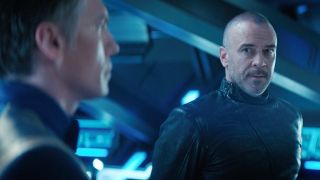
Wondering where the name Section 31 comes from? Enterprise establishes that it’s taken from Article 14, Section 31 of Starfleet’s Charter - directly referenced in this episode.
Previous iterations of Trek have suggested that the organisation is highly-secretive and virtually unknown within Starfleet. In Discovery, though, operatives seem widely-recognised. There’s a few potential reasons for this discrepancy - perhaps the organisation falls out of favour with Starfleet and they cover up its continued existence, or something drives it deep underground?
According to co-creator Alex Kurtzman, we can expect this mystery to be explored in the forthcoming Section 31 spin-off show. "By the time Deep Space 9 comes around they've gone underground and they are this mysterious organisation – but there's nothing official about it," he tells Digital Spy. "In the promos [for Star Trek Discovery season 2] that you've seen so far, Section 31 has a badge. There's a ship and all these different things, so the question is: how do they get from here to there? What happened in that window of time between those two pivot points in Section 31’s evolution?" In case that seems unlikely to you, consider this: how many obscure spy organisations from over 100 years ago do you know about?
Episode 4
Welcome Number One
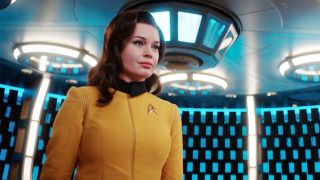
This episode marks the first time we’ve met Rebecca Romijn’s Number One. The character has a small, but important, role in Star Trek, being one of the leads in the original pilot for Star Trek. Played by Majel Barrett, she’s both Captain Pike’s second-in-command and - this being '60s Star Trek - a potential love interest, who harbours spicy fantasies about her CO.
Continue to Page 5 for more Star Trek Discovery Easter eggs

Will Salmon is the Comics Editor for GamesRadar/Newsarama. He has been writing about comics, film, TV, and music for more than 15 years, which is quite a long time if you stop and think about it. At Future he has previously launched scary movie magazine Horrorville, relaunched Comic Heroes, and has written for every issue of SFX magazine for over a decade. He sometimes feels very old, like Guy Pearce in Prometheus. His music writing has appeared in The Quietus, MOJO, Electronic Sound, Clash, and loads of other places and he runs the micro-label Modern Aviation, which puts out experimental music on cassette tape.
Most Popular






